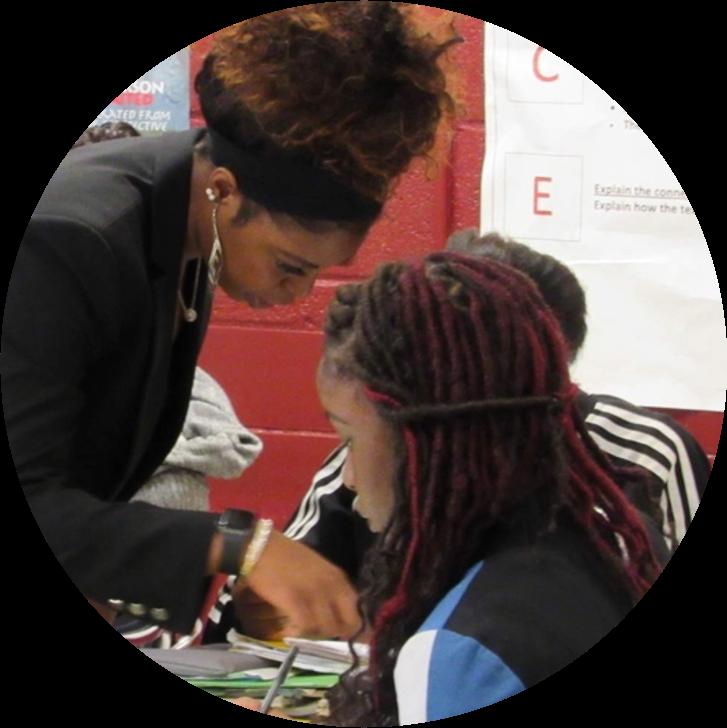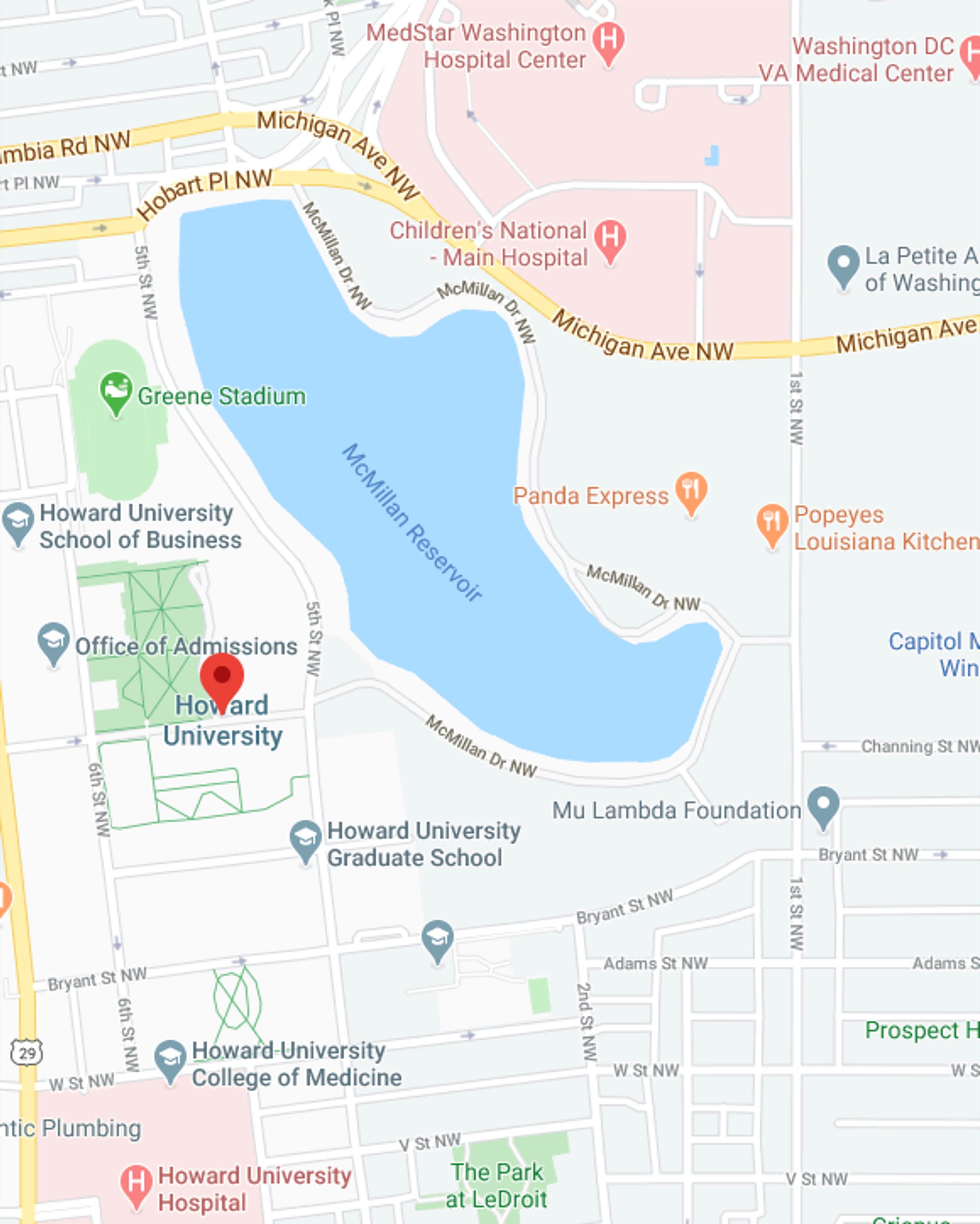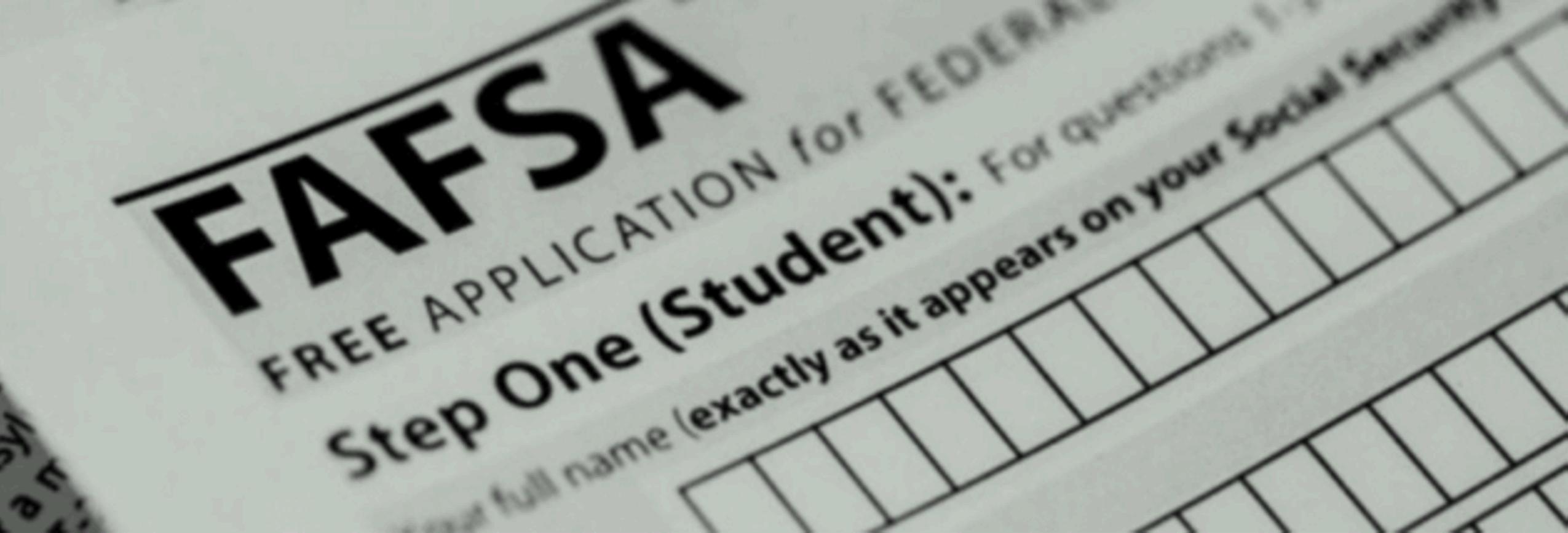
2 minute read
15
❑ Look into summer bridge programs at your college. (March)
These are programs for the summer before college where you’d go to your campus, live like a college student and possibly take classes. They help you get a head start on college -- meeting the right people, getting to know campus, and developing the right habits -- and you might even be able to get some college credits out of the way! If you do a summer bridge program, there usually is a cost, but often you can fill out your FAFSA for the previous year and receive a Pell Grant to cover the full cost. Sometimes, you’ll even get a refund check!
Advertisement

❑ Register for and complete orientation. (May)
Orientation usually will be late in the spring or over the summer. You will usually get an email about it after you get accepted. You might have to pay a registration fee to sign up, which could be from $20 to over $100. If you can’t pay the fee fee, reach out to your school’s admissions office to see if they can waive it. Explain your family’s financial situation and why you cannot pay it. During orientation you’ll learn more about the school and might register for classes or meet with your academic advisor. Before going, check if there’s anything you need to bring with you. There is a chance that they’ll ask you to bring documents like an ID or something to verify your residence, tax forms to finish financial aid or other documents.
❑ Take any placement tests that your school requires. (June)
❑ Set up a meeting with your academic advisor. (July)

Colleges might require placement tests in math, reading, or writing. Usually, you’ll have to take them over the summer online or on campus. There might be a test fee, but if you can’t pay for it, consider asking your school to waive the fee. Study for these tests. If you do well, you might be able to skip some of the basic classes, but if you don’t score well, you might have to take a remedial/developmental class. If you don’t do well, consider retesting if they’ll let you.




Check your portal to find your advisor’s contact info. If you can’t find it, check on your school website or reach out to the admissions office.
Your advisor will help you get registered for the right classes and think through different majors if you’re undecided. If you’re considering a couple different majors, share that with your advisor so they can help you weight your options. Meet with your advisor before picking your classes. Sometimes this will happen automatically during orientation, but if not reach out to your advisor via email or over the phone to set up a time to meet.






